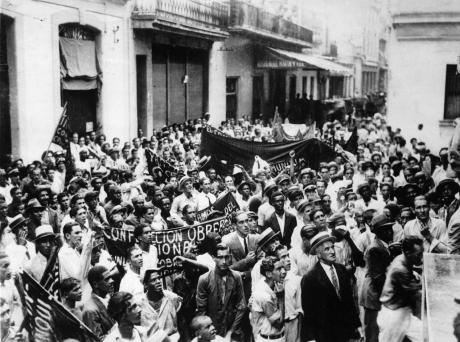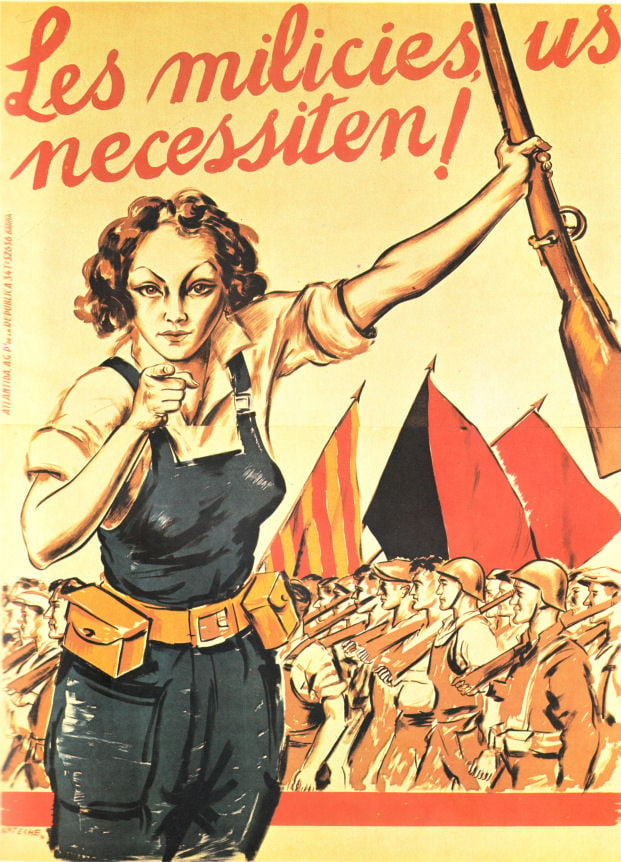Cuban General Strike (1933)
Thu Jul 27, 1933

Image: Photo from libcom.org
On this day in 1933, Havana bus drivers went on strike for better working conditions, a labor action that quickly grew into an anti-government general strike throughout Cuba, ousting dictator Gerardo Machado two weeks later.
The uprising took place in the context of the violent resistance to the government of Gerardo Machado. For two years prior to this campaign there was a militant struggle to oust him which included gun battles, bombings, and political assassinations.
Two days after Havana bus drivers went on strike, they were joined by inter-city drivers who struck in solidarity. Soldiers fired on demonstrators in Havana on August 1st, killing two, and, on the same day in Santa Clara, shops and theaters closed.
When police attacked a group of striking teachers, more transportation workers went on strike, soon joined by workers from a variety of industries. By early August, railway workers, hotel and restaurant workers, physicians, bakers, cigarmakers, and state utility workers were all striking in protest of the state.
When an underground radio station controlled by an anti-Machado resistance group falsely claimed that Machado had resigned and called for a huge public demonstration, a mob marched on the Presidential Palace.
Police began to fire on the crowd before the marchers could reach the palace, killing twenty protesters. Seeing the public support against Machado, the military decided to switch sides, placing Havana under military control on August 9th. Machado resigned and fled the country two days later.
- Date: 1933-07-27
- Learn More: libcom.org, nvdatabase.swarthmore.edu.
- Tags: #Labor, #General Strikes, #Assassinations, #Protests.
- Source: www.apeoplescalendar.org

